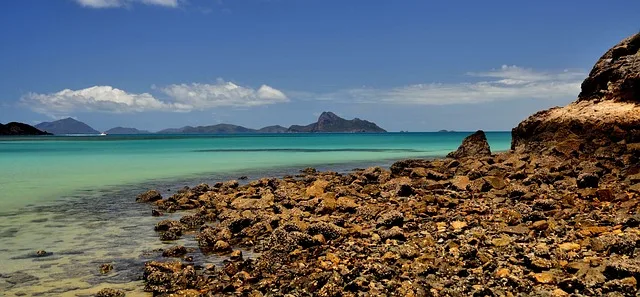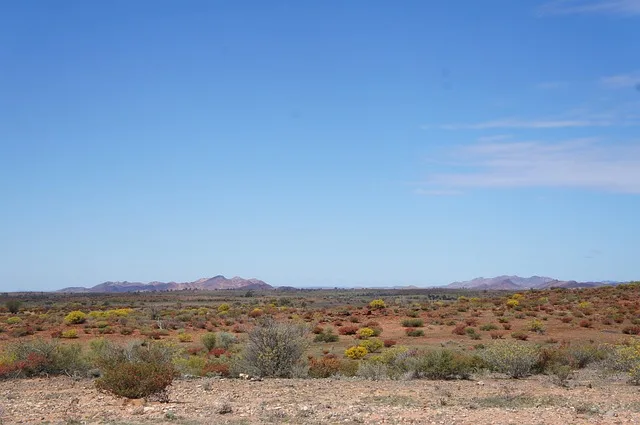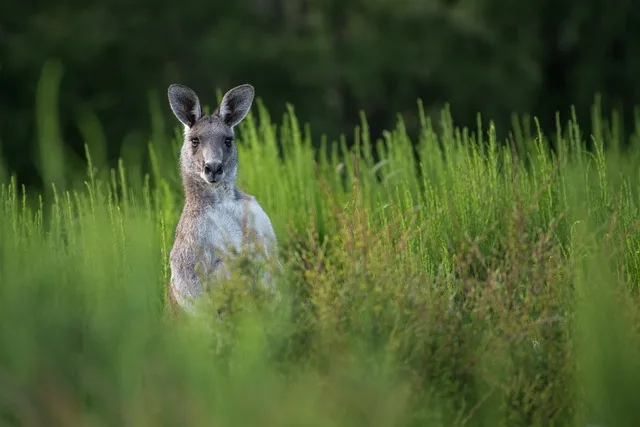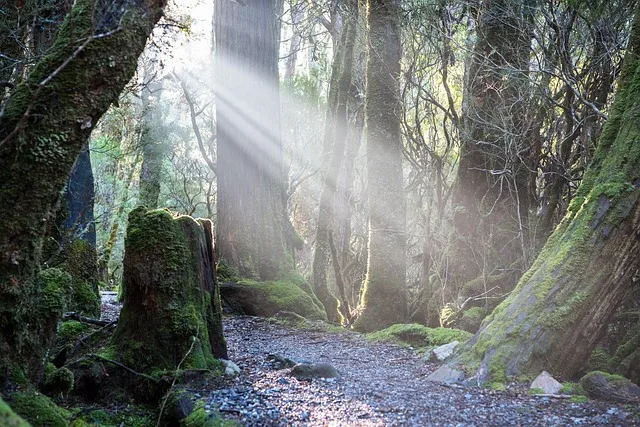Australia is an incredible travel destination with diverse landscapes, cities, and wildlife. However, as the world’s 6th largest country spans tropical to temperate climates, the weather and ideal travel times can vary greatly by region.
This guide breaks down the best times to visit Australia based on seasons, weather, crowds, prices, and must-see events.
Australia has an area of 7,741,220 Square Kilometers, which is pretty huge. So, Australia’s climate varies a lot due to its size. Usually, there are 4 seasons, but the tropical north experiences both wet and dry seasons. Seasons in Australia are opposite to those in the Northern Hemisphere.
Key Takeaways
Australia has 6 main climate groups: Equatorial, Tropical, Sub-tropical, Desert, Grassland, and Temperate.

The equatorial climate group found in the northern tip of Queensland is characterized by high temperatures, high humidity, and consistent rainfall throughout the year.

The tropical climate group covers the top end of the northern territory and northern parts of Queensland, known for distinct wet and dry seasons with heavy rainfall during the wet season and high temperatures.
The sub-tropical climate group is located along the Queensland coast and inland fringe; it experiences mild winters, hot summers, and occasional rainfall.

The Desert climate group occupies arid and semi-arid areas in the center of the continent, characterized by high temperatures during the day, chilly nights, and minimal rainfall.

The grassland climate surrounds arid and semi-arid desert areas, found in regions like the Red Centre and Flinders Ranges, which feature moderate temperatures and sparse vegetation.

The temperate climate covers coastal regions of New South Wales, Victoria, Tasmania, and parts of South Australia, marked by 4 distinct seasons with varying temperatures and precipitation.
During the summer, southern cities like Sydney and Melbourne experience warm to hot weather with lots of sunshine, becoming perfect for hitting beaches, exploring coastal national parks, and the Australian passion for water sports.
In January, temperatures typically range from the 20s °C into the mid-30s °C, with afternoon sea breezes offering relief. Inland cities can be really hot, with many consecutive 40°C+ days in Adelaide, commonly called the “oven city.”
In the tropical north, the wet season is in full swing with heat, humidity, daily thunderstorms, and heavy rainfall. The beaches may be less inviting, thanks to stingers (jellyfish, crocodiles, and other marine hazards). However, the upside is the greenery, rivers, and spectacular waterfalls, perfect for nature adventures well off the typical tourist trail.
As summer’s heat mellows in fall, temperatures become more pleasant all over Australia, typically ranging from the mid-teens to 20°Cs during the autumn months. Humidity decreases while rainfall continues in the north in places like Cairns or Darwin.
Parks and gardens bloom with color from fall foliage, and seasonal produce lends itself to popular food and wine festival offerings, especially around Melbourne and Adelaide. Daytime highs can still occasionally spike, so sun protection is still essential when active outdoors.
Light layers that can be added as the occasional cooler change blows in are recommended.
While the southern states endure cooler temperatures ranging from daily highs of 12°C to 15°C and below freezing overnight, the north stays relatively warm and becomes peak tourist season with clear sunny days and minimal rain.
The tropical north posts average temperatures from 25°C to 30°C with cooler evenings.
The ski slopes welcome enthusiastic powder hounds to resorts mostly located a few hours from cities like Sydney and Melbourne. Lovers of winter sports and snowy holiday vibes have their chance during the Australian version of the Christmas season in July.
As the winter chill transitions to warming spring weather, passengers aboard boats spot migrating humpback and southern right whales along the eastern and southern coasts. Wildflowers emerge, carpeting huge swathes of WA’s Southwest corner, the Flinders Ranges in South Australia, and many other pockets around the country.
Mild spring weather welcomes more daylight and revives Australians’ outdoorsy passions, like sports events and music festivals. Temperatures climbing back into the 20s make for pleasant days to enjoy urban gardens and bushwalking.
However, the ocean may still make you feel full of energy for swimming beyond north Queensland until later spring.

Crowds and hotel prices ebb and flow in sync with major festivals, school holidays, and sporting events.
Here are some highlights:

Shoulder seasons offer savings for budget-focused travelers along with pleasant weather for covering multiple regions. Peak winter brings snow adventures, spring whales, and wildflowers. Wildlife enthusiasts find fab opportunities in different locales each month.
Here is a basic idea of an ideal time based on your interests:
Aim for April–May after the school holiday rush and September–November before the Christmas summer crowds hit. Prices and crowds peak from December to February.
Pack the swimmers October–April to enjoy the Gold Coast, Sydney’s Bondi, and Melbourne’s vibrant St Kilda, among endless other stunning options. Summer stingers limit ocean swims in North Queensland.
Steer clear of major cities during school holidays and big events noted above. Outback destinations welcome fewer tourists, sticking to the winter months ́ more moderate temperatures.
June-November offers superb land-based wildlife sightings, especially for kangaroos and wallabies with young in tow. The winter dry makes 4WD touring easier to access remote nature preserves too. Humpback highway whales pass from November to April.
Snow sports enthusiasts from overseas and Australia flock to Thredbo, Perisher, and Victoria’s winter resorts from June into September to ski, snowboard, or simply frolic in the snow. School vacation periods spike crowds and prices in July.
Australia’s seasons offer diverse weather and events, influencing tourism patterns. Peak summer sees crowds and premium prices; winter brings snow adventures. Shoulder autumn and spring periods offer mild temperatures for comfortably touring multiple regions, often with cheaper costs and fewer people.
If you don’t mind temperature extremes, off-peak summer and winter allow discounted deals. But shoulder months open more opportunities for wide-ranging adventures.
Choosing the correct timing around the seasons will ease planning and set you up for your perfect Australian holiday!
Counter
101 Countries • 1432 Cities